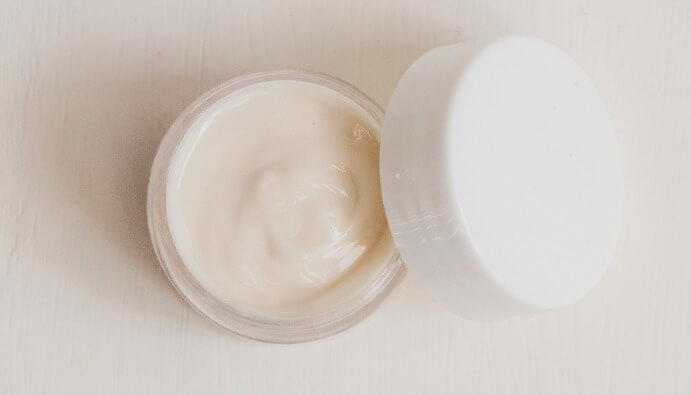
BLOG
KATEGORİDEKİ DİĞER YAZILAR

Polyethylene glycol (PEG) is a compound known for its derivatives and polysaccharide structures, generally available in liquid or solid form, miscible with water and exhibits moisture retention properties on the skin. PEG serves different functions in cosmetics and personal care products, including
Cosmetic products where PEG is widely used include shampoos, lotions, creams, skin care products and make-up.
Polyethylene glycols (PEG) are composed of polyether compounds repeating ethylene glycol units according to the constituent monomer or parent molecule. Most Polyethylene glycols (PEGs) are commercially available as mixtures of different oligomer sizes in wide or narrow molecular weight (MW) ranges.
Polyethylene glycols (PEG) of smaller molecular weight can be obtained in different ways:
It has been concluded that the use of polyethylene glycols (PEGs) in cosmetics is safe if they are formulated with cocamine and related ingredients at concentrations that are not irritating.
As the amount of ethylene oxide in the content of polyethylene glycols (PEG) decreases, they are more easily absorbed into human skin. They are used in cosmetics and personal care products, especially as solvents, emollients and moisture carriers.
PEG can be found in a wide variety of cosmetic formulations and serves a variety of functions. Here are some areas where PEG is used in cosmetic products:
PEG analysis is of great importance to ensure that the PEG used in cosmetic products is safe and of high quality. Here are the main reasons for PEG analysis:
Nanolab Laboratories Group continues to provide services within the scope of Polyethylene Glycol (PEG) Analysis. We also provide services in 1,4-Dioxane Analysis in Cosmetics.
Contact us for more information.
You can follow us on LinkedIn for up-to-date news and posts about our services.
Follow our Instagram account to be informed about our latest blog posts.